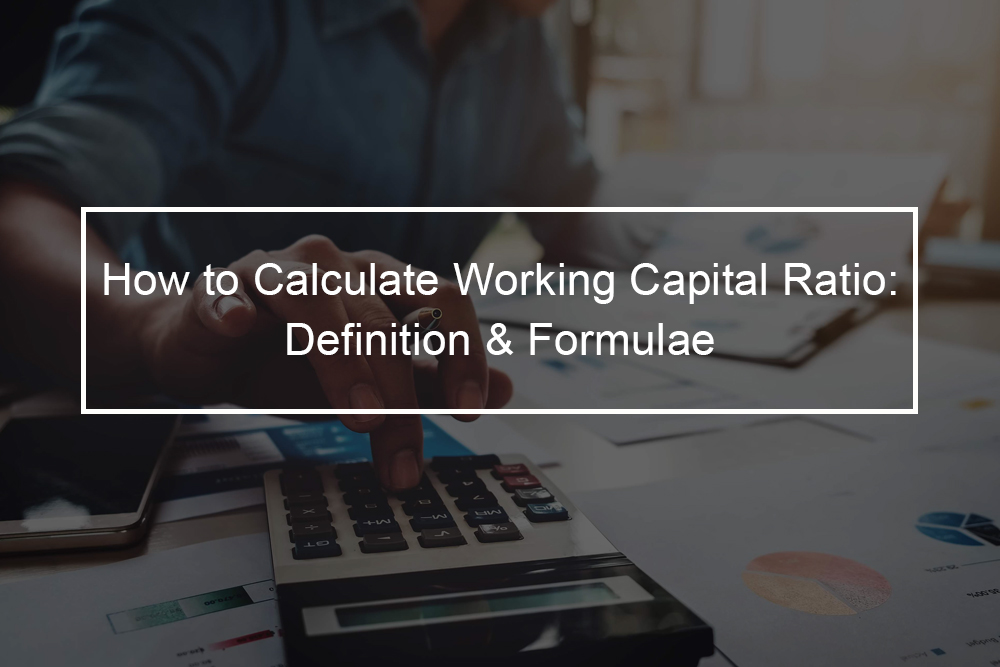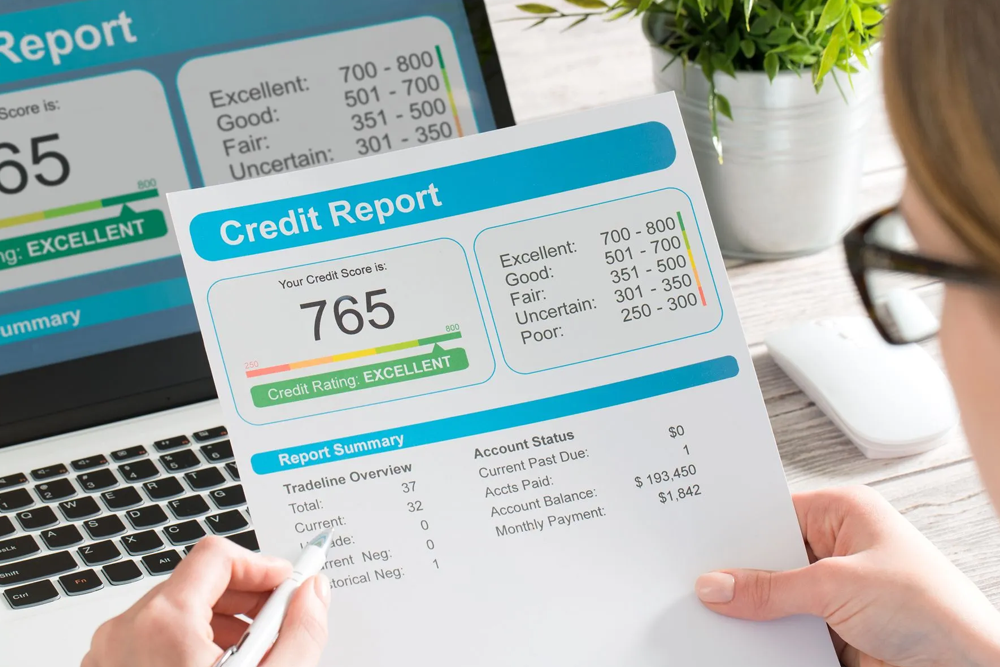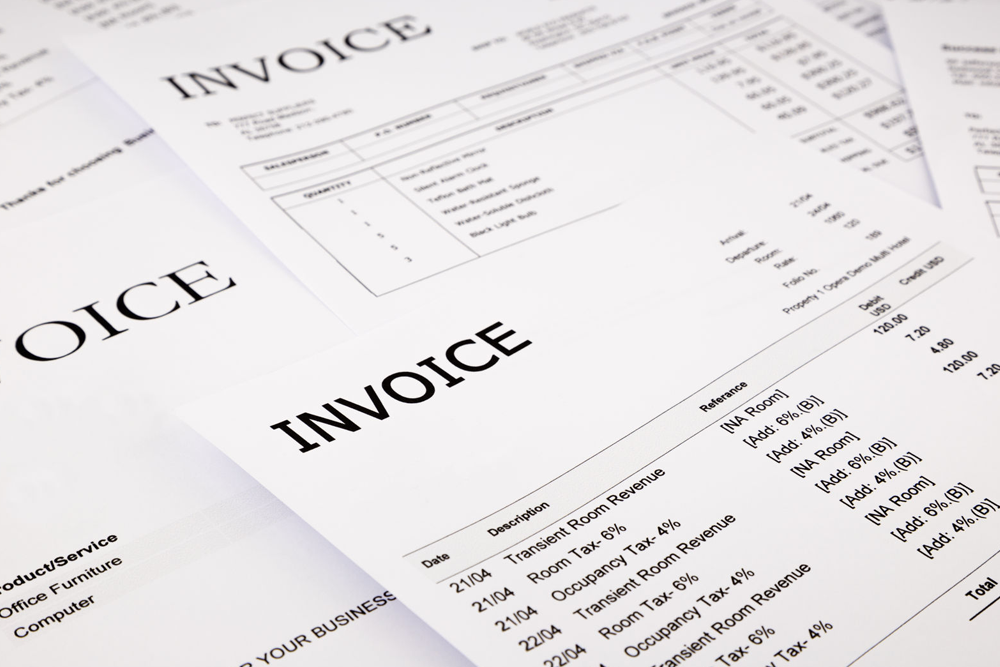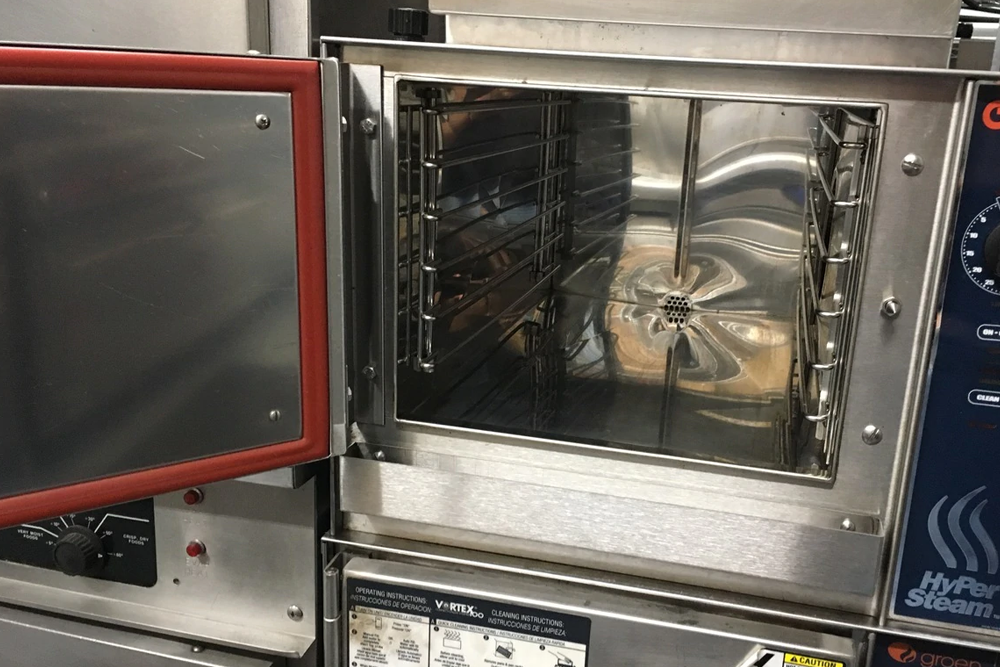Working capital alludes to the funds that help you meet the needs and daily expenses of running your business, such as paying for software, payroll, supplies, and tools. This ratio is mainly to understand during a recession because it allows you to analyze your business’s financial health without bias. So, where does this ratio fit in, and how can you use it to inform your business decisions? In this article, we’ll explore what working capital ratio is, why it matters, how to calculate it, and what to do with this information.
What is the working capital ratio?
The working capital ratio is the expression of the section of your company’s current assets to its current liabilities. As a metric, it offers a snapshot of your business’s ability to pay for any liabilities with the existing assets. Assets refer to property that the business owns that can be reasonably converted into cash (intellectual property, equipment, and accounts receivables). Liabilities refer to debts that the company owes (wages, loans, wages, and accounts payable). The working capital ratio is commonly utilized to evaluate a business’s financial performance. Low working capital ratio values can portray serious financial problems with a business. The working capital ratio shows whether the company has sufficient short-term assets to pay off its short-term debt. Most major business projects require an investment of working capital, which lessens cash flow. Cash flow will also be reduced if sales volume is declining, or if money is collected too slowly, which will lead to a fall in accounts receivable. Companies that are using working capital inefficiently often try to boost cash flow by squeezing suppliers and customers.
Why does working capital ratio matter?
Investors, business owners, and accountants all use working capital ratios to calculate a business’s readily available financial assets or available working capital. It is an essential marker since it can measure the company’s ability to handle its short-term financial obligations like debts, payroll, and other bills. As a business owner, it matters to you almost daily since it is a crucial barometer of your business’s financial health. This ratio can also help you foresee upcoming cash flow issues and even bankruptcy, which is vital in today’s economy.
How to calculate the working capital ratio?
Whereas working capital is calculated by subtracting current liabilities from current assets, the working capital ratio is calculated by dividing your current liabilities from the current assets: As such. Working capital ratio (equals) Current assets/current liabilities. For instance, if your company has $250,000 in liabilities and $500,000 in assets and the working capital ratio is calculated by dividing assets by liabilities. In this scenario, the ratio is 2.0.
What is a healthy working capital ratio?
Any ratio that is in the 1.2 to 2.0 range is regarded as a healthy working capital ratio. If it reduces below 1.0, you are in risky territory, called negative working capital. This means that your current assets are less than the liabilities. In such a case, your company cannot fund its debts with its current working capital. The company is likely to have a hard time paying back its creditors. And with more liabilities than assets, you would have to sell your current assets to pay off your liabilities.
If a business continues to have low working capital or keeps on declining over a period of time, it might have severe financial trouble. A working capital decrease can be caused by several different factors, including problems with accounts receivable, decreasing sales revenues, poor cash flow, and inventory mismanagement. Without sufficient cash to fund your bills, your business might need to explore extra business financing to pay its debts.
Do you have a ratio of over 2.0 and think you are golden? It is not quite that simple. Higher ratios are not always a good thing. Anything about 2.0 could suggest that the company is not utilizing its assets to their full advantage to develop the business. A high cash balance might be justified during recessions since businesses are uncertain of future sales and hold back on major investments. Nonetheless, during growth periods, businesses are under pressure from investors and owners to buy back stock, make capital investments, or pay dividends. So if growth is your aim, take note. The majority of analysts consider the ideal working capital ratio to be anywhere between 1.2 and 2. As with other performance metrics, it is essential to compare a business’s ratio to those of similar businesses within its industry.
What does your working capital ratio tell you?
As in all things financing and accounting, interpreting your working capital ratio is not black and white. It is all based on the growth phase, your industry, or even the impact of seasonality. For instance, if you hire to service a contract with a big new client or make some big purchases, your ratio will fluctuate as your assets rise. Assets can take time to change, so you might see a misleading working capital ratio for some months. But not always. Some businesses live with constant negative working capital (Walmart, Amazon, etc.). Nonetheless, since they can turn their inventory over faster or sell to clients before they have even paid for the inventory, it does not become an issue.
Another reason why the working capital ratio fluctuates is accounts receivable. If you are struggling with late-paying customers or are forced to provide trade credit to stay competitive, until the money is in the bank, your assets take a dive resulting in a skewed, albeit realistic metric.
Also, note that the working capital ratio can be misleading if a business’s current assets are heavily weighted in favor of inventories because this current asset can be challenging to liquidate in the short term. This challenge is most obvious if there is a low inventory turnover ratio. A similar issue can arise if accounts receivable payment terms are lengthy (which might indicate unidentified bad debts).
Generally, the working capital ratio will look abnormally low for those companies that are drawing down cash from a credit line because they will tend to keep cash balances at a minimum and only refuel their cash when it is absolutely required to pay for liabilities. In these circumstances, a working capital ratio of 1:1 or less is common, even if the credit line availability makes it very improbable that there will be a problem with the payment of liabilities.
What is the difference between the working capital ratio and working capital?
The current ratio is the section (or fraction or quotient) of the amount of current assets divided by the amount of current liabilities. On the other hand, working capital is not a ratio, quotient, or proportion; rather, it is an amount. Working capital is the amount of money remaining after current liabilities are deducted from current assets. To demonstrate the difference between the working capital ratio and working capital, let us presume that a business’s balance sheet reports current liabilities of $40,000 and current assets of $60,000. The business’s working capital ratio is 1.5 to 1 (simply 1.5 or 1.5:1), resulting from dividing $60,000 by $40,000. The business’s working capital is $20,000, which is the remainder after deducting $40,000 from $60,000.
How much should you worry about the working capital ratio?
Evidently, working capital ratios and what they tell you can vary from one company to another, by seasonality and industry. However, do not ignore your working capital ratio. Get to know it and learning how to get working capital is important. Remember, data is power, so utilize it as a tool, together with your cash flow forecast, to see how you are managing your liabilities and assets. Lean on it to guide your financial decisions, like whether you need a new financing source like a line of credit, or when you might require to address issues related to the current recession such as slow sales, late-paying clients, or other expenses.
Other financial ratios to consider
Multiple financial ratios can be calculated utilizing the balance sheet, most of which may be equally useful in assessing your business’ health. Below are some of the most common.
- Debt-to-Asset Ratio: This ratio divides debt (both long-term and short-term debt) by total assets, indicating the extent to which a company’s assets were financed by debt.
- Quick Ratio: This ratio is also called the “acid-test ratio” and is the same as the current ratio. The main difference is that the quick ratio does not consider inventory. As its name implies, the quick ratio focuses on items that can be liquidated very fast. Because business owners can not necessarily predict when they will sell through inventory, it is excluded here.
- Debt-to-Equity Ratio: It divides total liabilities by total shareholder equity. This ratio aims to help companies to understand how much they owe in comparison to what they own. It is a useful measure of a company’s liability.
Together, these financial ratios help a business owner assess their finances from several different vantage perspectives. Again, the results are in practice. The more you assess these metrics, the simpler it will be to spot irregularities or changes.












